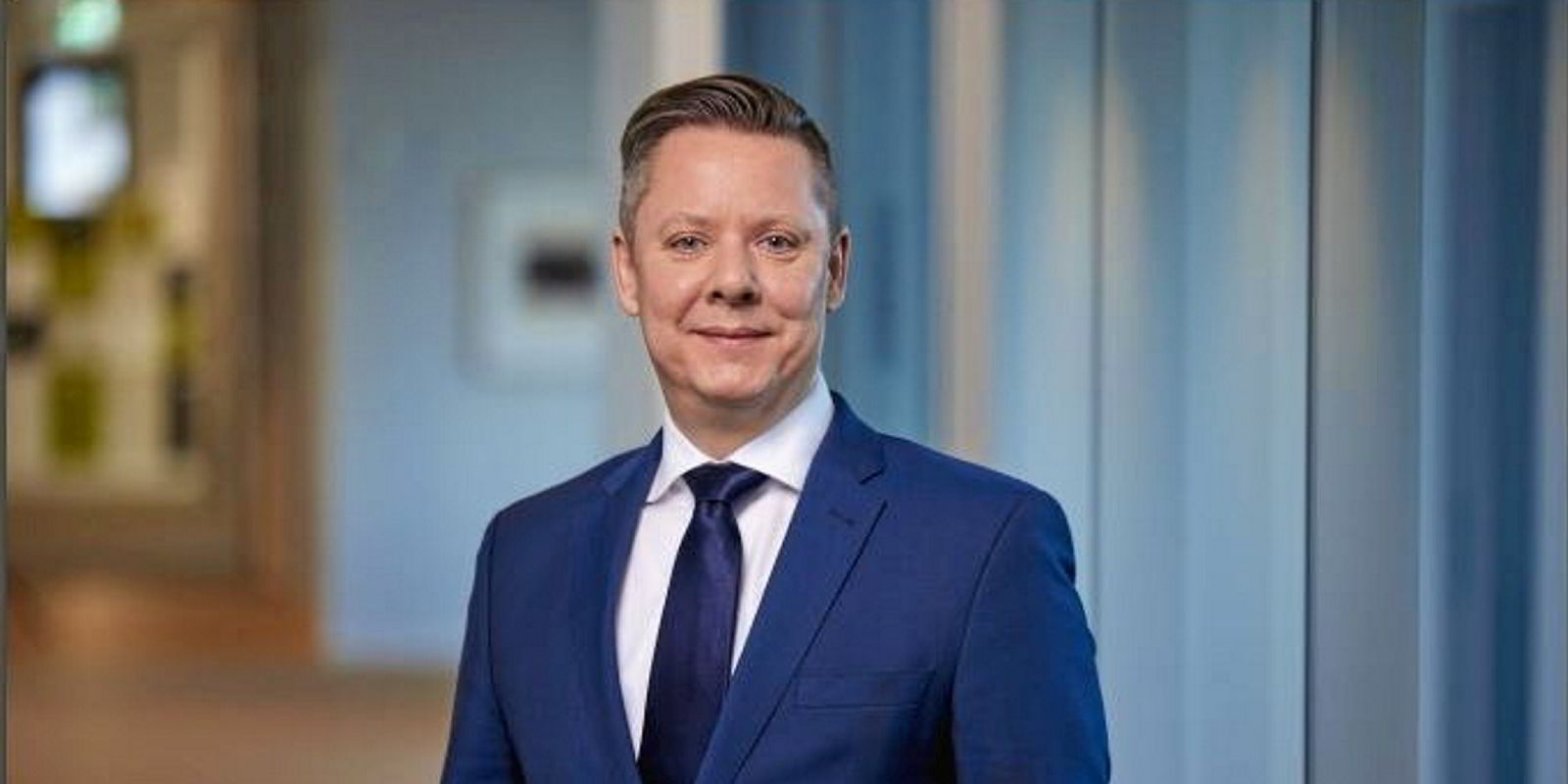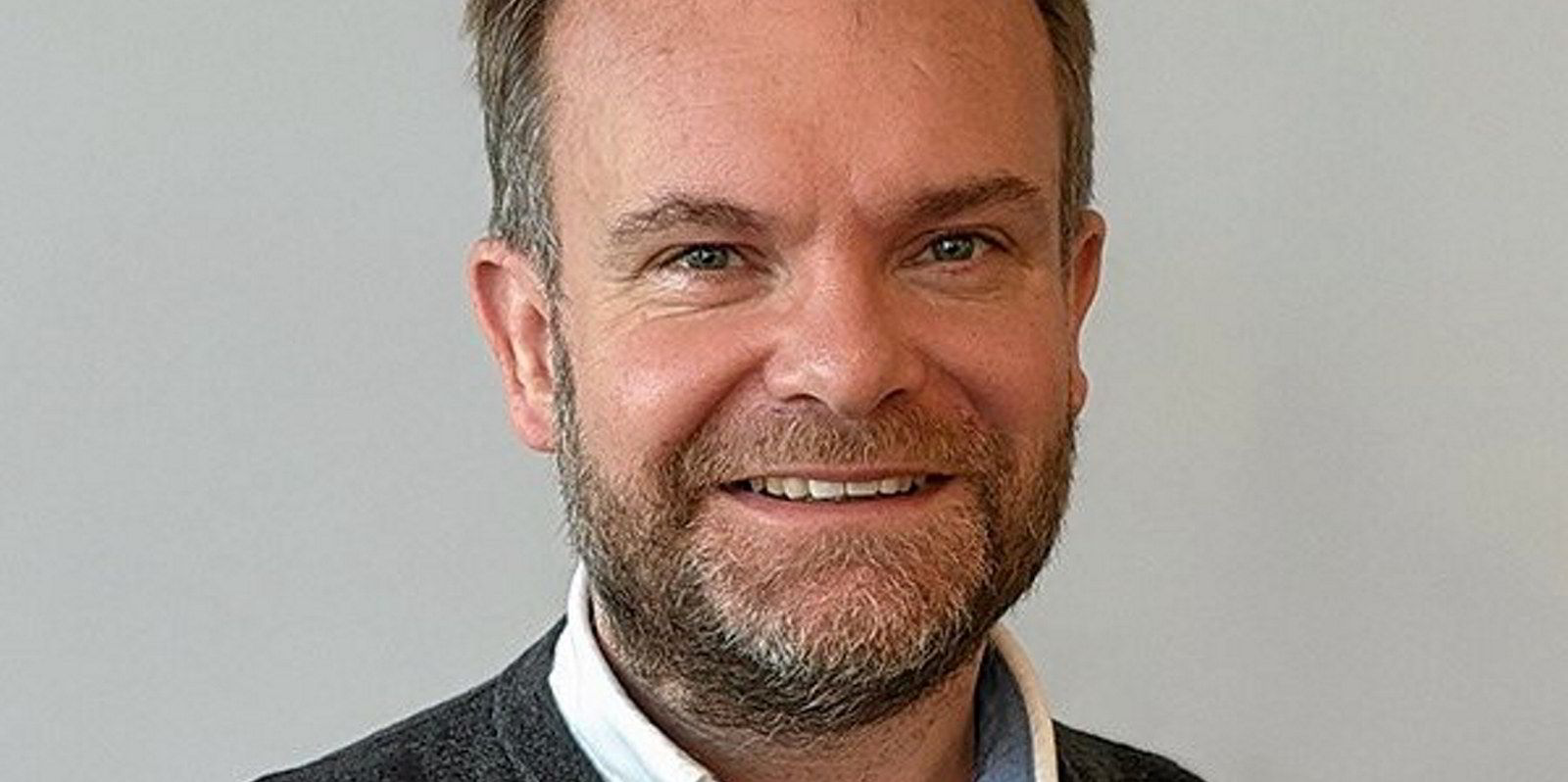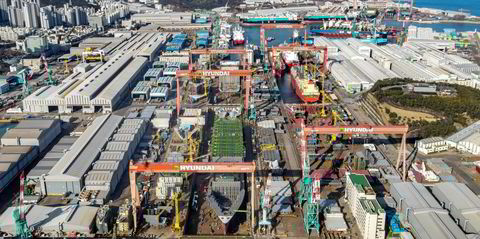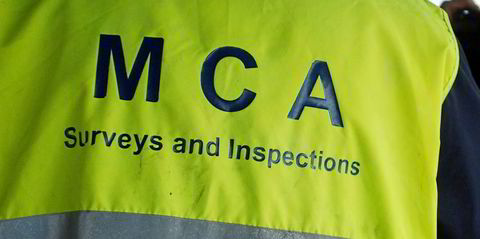Dutch lender ABN AMRO is aiming to grab a big piece of shipping’s carbon trading business while helping clients to decarbonise.
The bank has launched a desk to handle the sector’s inclusion in the European Union Emissions Trading System (EU ETS) from 1 January.
The new service will offer over-the-counter European Union Allowance (EUA) trading, as well as on-venue deals via ABN AMRO Clearing.
ABN AMRO ranks in the top three in clearing on the two biggest exchanges, EEX and ICE.
Managing director Martin Eichstadt-Krug, head of markets and clearing in Germany, told TradeWinds the lender felt it had identified a gap in the market.
The idea is to combine its dedicated coverage of maritime financing with expertise in clearing.
“We of course recognised that a lot of the shipping companies do not have any access to markets themselves,” the managing director said.
He explained that the large owners like AP Moller-Maersk and MSC Mediterranean Shipping Co have their own trading desks, so they just add carbon as a product and they trade it via their own traders at the exchanges.
“But of course there is a huge gap in between for those shipping companies which do not have any access to capital markets,” Eichstadt-Krug said.
ABN AMRO felt a responsibility to develop access via OTC markets for shipping clients, he added.
Trigger point for retrofits
The bank has a view on the market and how it develops, and can pass on its knowledge.
“At a certain moment there are certain trigger amounts when carbon becomes more expensive for ships. At a certain moment you reach the investment level [where] now it makes sense to retrofit my ship,” the banker said.
Advice will be tailored to the size of trade the company needs.
“We already hired the first people at our carbon trading desk…that will grow further,” the banker added.
There will be no proprietary trading, either, said Eichstadt-Krug, so there will be no conflict of interest.
Asked how shipowner clients have reacted to the prospect of the ETS, he told TradeWinds: “You have the ones which easily adapt to the change.”
In denial?
Others were “in the denial process,” the managing director said.
Owners were asking what happens if their ship leaves on Christmas Eve in 2023 and arrives in New York in January, he added.
The preparation process has involved webinars with up to 300 people, plus follow-up one-to-one conversations.
“Shipping companies, they don’t want to make money on it, they just want to hedge their risk,” said Eichstadt-Krug.
And the bank is already looking at the next step in 2026, when smaller ships of between 400 and 5,000 gt will be included in the scheme.
“This is a huge amount of clients and we know that we need to come up with a more convenient solution, so that they see our pricing on the screen, they can click the trade and then they are covered,” the managing director said.
“We are committed to the product, we are in it in the long run,” he added.






